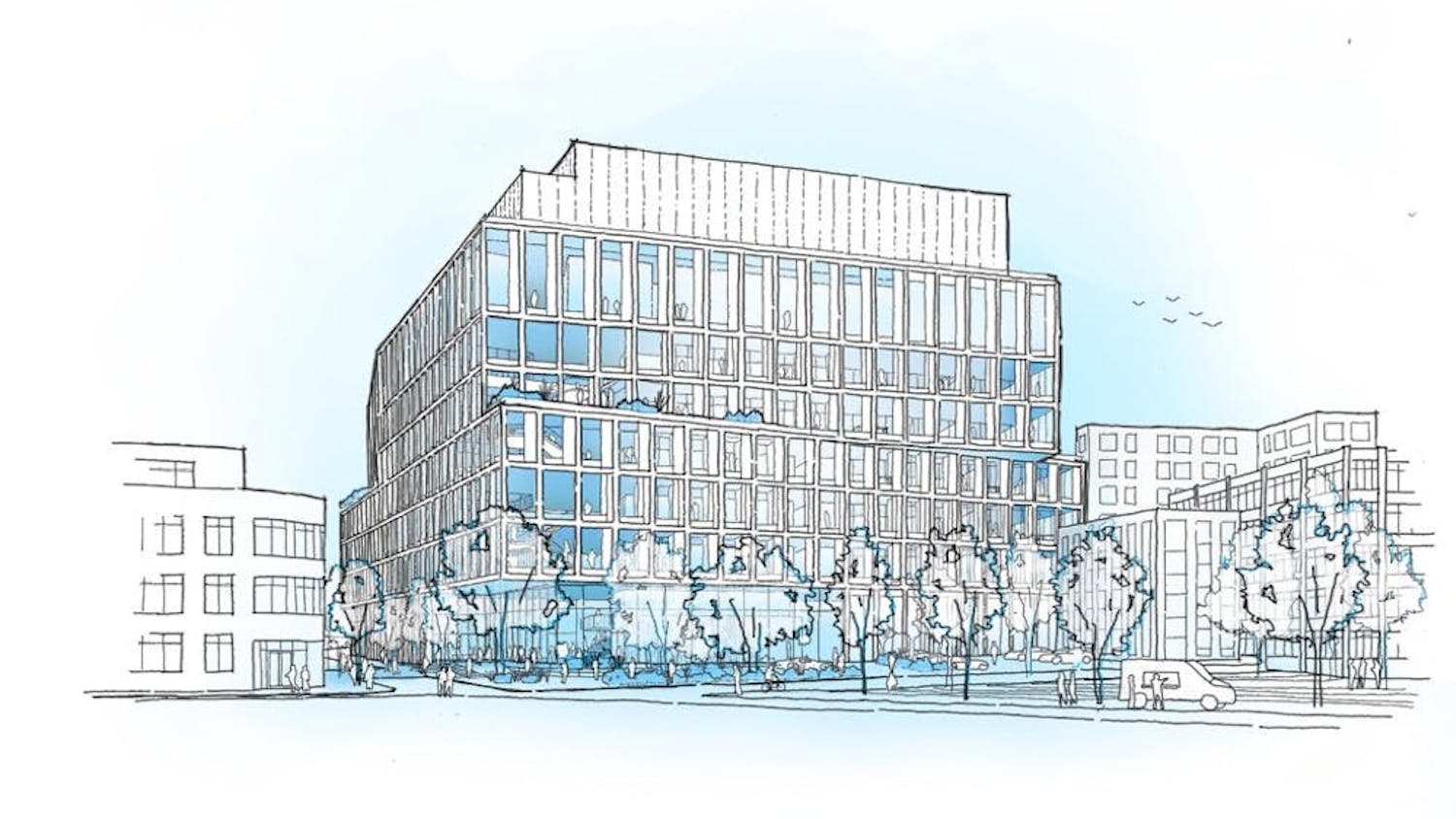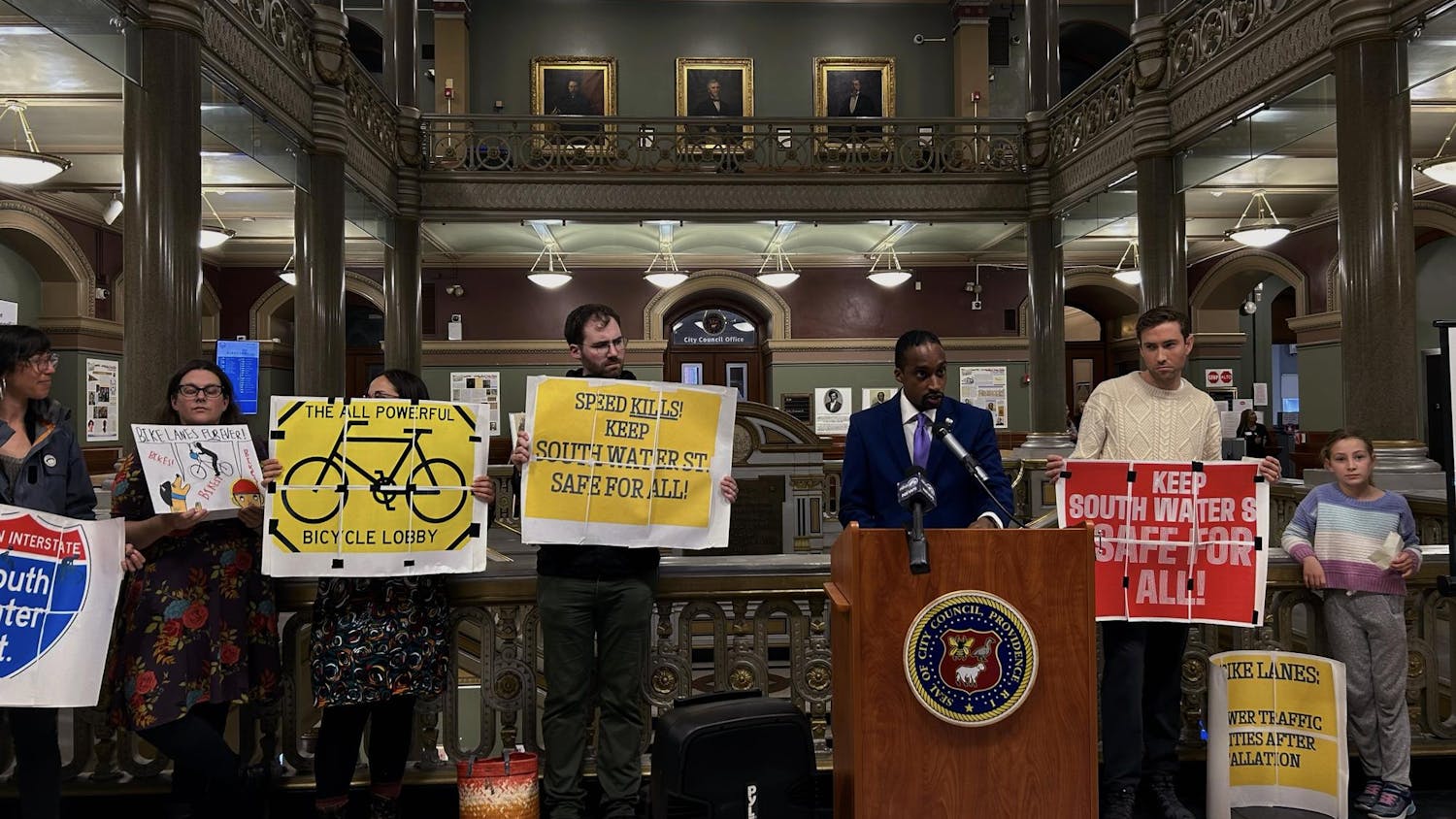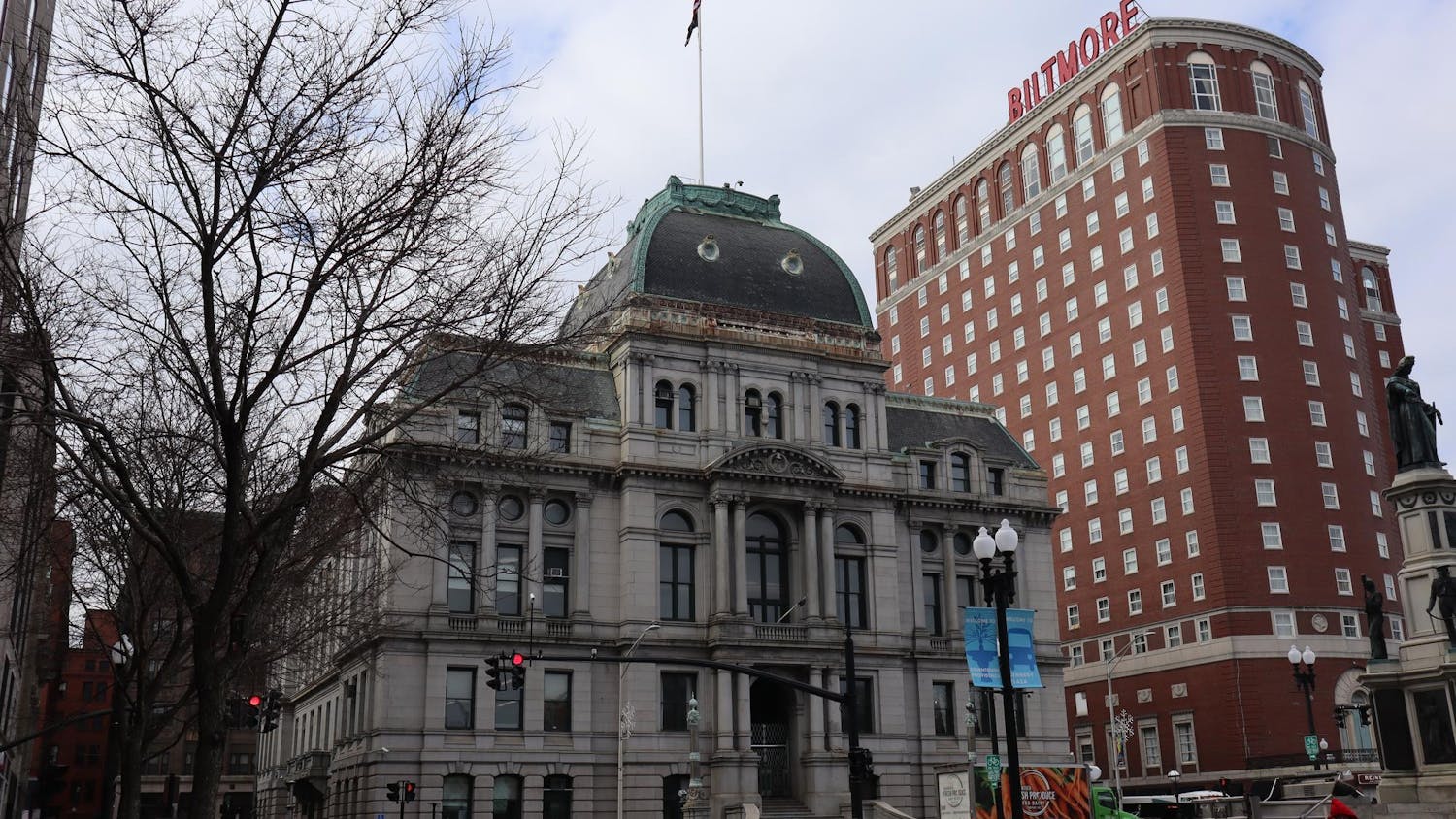From Seattle to Cincinnati, streetcars are rattling back onto U.S. streets — and Providence may not be far behind.
A streetcar system connecting Brown to the hospitals and medical centers downtown could be operational within 10 years, said Tim McCormick, former manager of the planning department at the Rhode Island Public Transit Authority.
The Metro Transit Study Working Group, which comprises city and state representatives, RIPTA, development organizations and local universities, has been working on plans for a circulatory transit system to connect Providence's medical facilities to its educational institutions — or "meds to eds," said Amy Pettine, RIPTA's special projects manager.
The working group, which was created in March 2007, plans to release the results of its study next month.
Though route plans and funding options have yet to be finalized, the project is "not a pipe dream," McCormick said. "This is something that's not outside the realm of possibility."
In a 2007 report on the city's transit projects, Mayor David Cicilline '83 gave his support to the system. "Future economic growth requires reversing the congestion that increasingly clogs our roads and highways," he wrote in the report. "The real solution lies in creating a great transit system."
Because of the permanence of rail infrastructure, streetcars demonstrate a greater commitment to economic development than RIPTA's traditional bus service, said Michael McCormick, Brown's assistant vice president for planning design and construction in Facilities Management.
Local developers recognize this commitment and are more likely to invest in the community, Tim McCormick said. He pointed to Portland, Ore., one of the first American cities to establish a major modern streetcar system. Between 2001, when that system was first built, and the spring of 2008, $3.5 billion was invested in the area within two blocks of the streetcar tracks, according a report by Portland Streetcar Inc.
The city will most probably look to federal funding for the estimated $66-$86 million initial cost to construct the system and buy streetcars. But RIPTA might ask private sources — including Brown — to cover the system's annual operating budget, estimated at approximately $2-$3.5 million, Pettine said.
RIPTA's current operating budget is funded by the state's gasoline tax.
Brown pays RIPTA about $360,000 a year to allow students, faculty and staff to ride for free, according to Elizabeth Gentry, assistant vice president for administrative and financial services.
Institutions and individuals along the route will have an economic incentive to fund the budget, Pettine said. The streetcars will cater largely to University community members traveling from College Hill to the medical school and hospitals.
An exact path for streetcar remains to be finalized, but the most recent Metro Transit Study draft report shows two interlinked routes serving Downcity and the Jewelry District — connecting Rhode Island Hospital and Providence station with College Hill via the existing bus tunnel.
The project would include approximately 2.1 miles of rail along existing paved streets traversed by five electrically powered streetcars, which would be powered by overhead catenary lines. Cars would run every 7 to 15 minutes for at least 14 hours a day, according to the study's Web site.
Brown's plans to establish a greater presence in the Jewelry District represent a key opportunity for Providence, Tim McCormick said. "You might call it the only thing going on in terms of a major investment in the city," he said.
"It's obviously great for us," said Michael McCormick, who has represented the University in planning discussions.
The streetcar project will be closely related to planning for community and economic development that city government, educational and health centers are currently undertaking.
As Brown expands its medical school in the Jewelry District, it will look to further develop the area. Frances Halsband — an architectural consultant to the Corporation who envisioned the Walk and has done much of Brown's recent long-term physical planning — will present a report to the Corporation when it meets next week detailing potential developments in the area. Included in the report are recommendations to restore historic streetscapes — widening sidewalks, allowing for corner cafes and planting greenery — along parts of the streetcar route, Halsband said.




